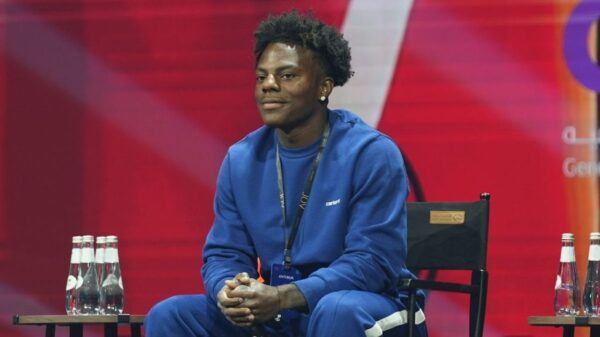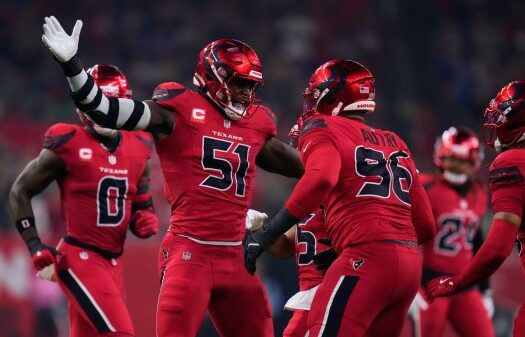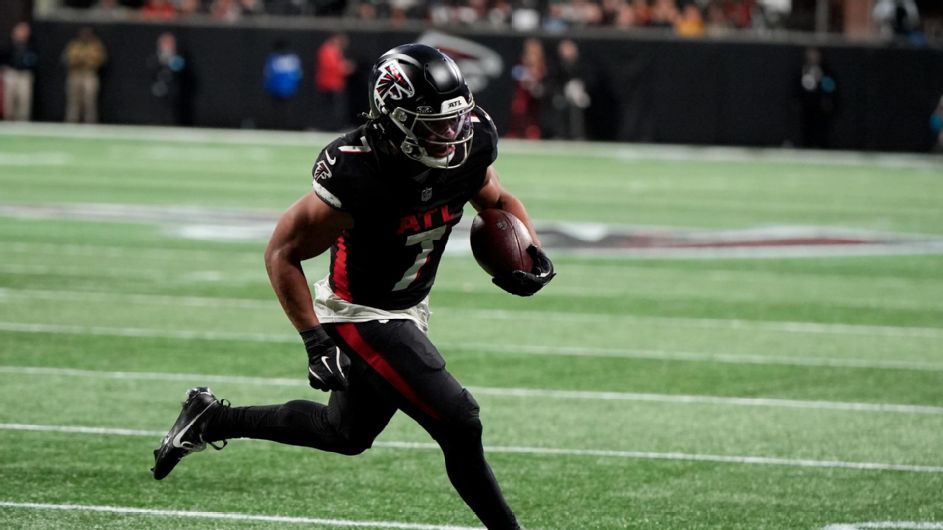As fantasy football season approaches, players are gearing up for drafts to build their ideal teams. A successful draft relies on identifying value picks and standout players who can elevate a roster. This article offers a comprehensive round-by-round strategy for a 12-team league, highlighting key targets using data from Draft Sharks’ Market Index Tool.
Understanding Your Core Strategy
When selecting players, one critical question arises: “Am I drafting this player at his ceiling?” If the answer is yes, it may be wiser to pursue someone with greater upside. Early rounds typically feature players close to their peak performance, making it essential to select the best available talent.
In the first round, the top choice often revolves around the best available wide receiver unless one can secure the coveted Bijan Robinson. The current draft landscape shows six running backs and six wide receivers likely to be taken in this round. For those drafting in the top two, Robinson stands out as a tier above other options due to concerns surrounding players like Saquon Barkley and Christian McCaffrey. Should Robinson be unavailable, elite wide receivers such as Justin Jefferson, CeeDee Lamb, and Amon-Ra St. Brown emerge as strong alternatives.
Key Picks for Each Round
In the second round, the emphasis shifts to securing either Jonathan Taylor or the best available running back. Players such as De’Von Achane and Josh Jacobs are also on the radar, depending on draft positioning. Taylor, despite some inconsistency, has remained a key player, finishing as a top fantasy back in previous seasons.
Third-round selections should focus on tight ends, particularly Trey McBride, who has proven to be a valuable asset since taking over as the starting tight end for the Arizona Cardinals. His impressive target share and potential for a heavy workload make him an enticing choice.
The fourth round presents an opportunity to select one of the top four dual-threat quarterbacks: Lamar Jackson, Josh Allen, Jalen Hurts, or Jayden Daniels. These players not only excel in passing but also contribute significantly with their rushing abilities, providing a strategic advantage.
As the draft progresses into the fifth round, James Conner emerges as a reliable pick, despite concerns about his age. His consistent production over the last four seasons makes him a solid choice for teams looking for stability.
In the sixth round, TreVeyon Henderson, a rookie running back for the New England Patriots, is poised for a significant role. His performance in college suggests he could quickly become a key player, especially if he can outpace Rhamondre Stevenson.
By the seventh round, the focus shifts back to wide receivers, where players like Jaylen Waddle and Rome Odunze represent excellent value. Waddle, recovering from injuries, has the potential for a strong comeback, while Odunze may benefit from increased target opportunities in a revamped offense.
As the draft nears its conclusion, the eighth round is ideal for adding depth with solid players like Jakobi Meyers or rookie Matthew Golden, who could emerge as significant contributors.
Finally, in the later rounds, attention turns to high-upside players and potential breakout candidates. The final picks should include a mix of reliable veterans and promising rookies, ensuring a well-rounded team.
In summary, while this draft strategy provides a roadmap for building a championship-caliber fantasy football team, it is crucial to remain flexible and adapt to the flow of the draft. By identifying key players and understanding their value, fantasy managers can position themselves for success in the 2025 season.




































































